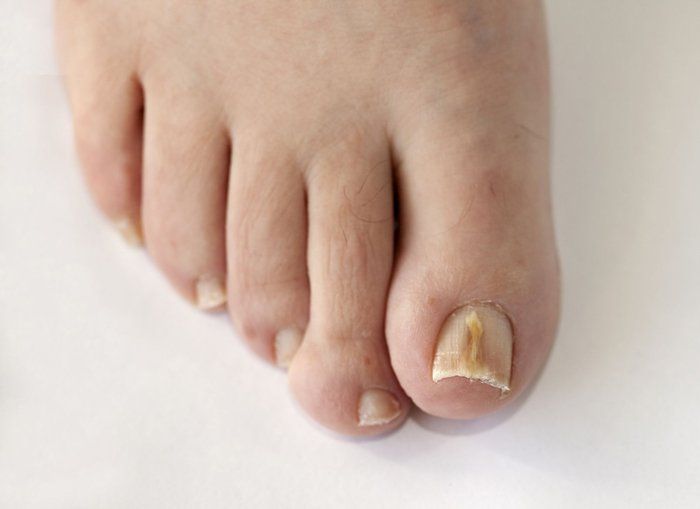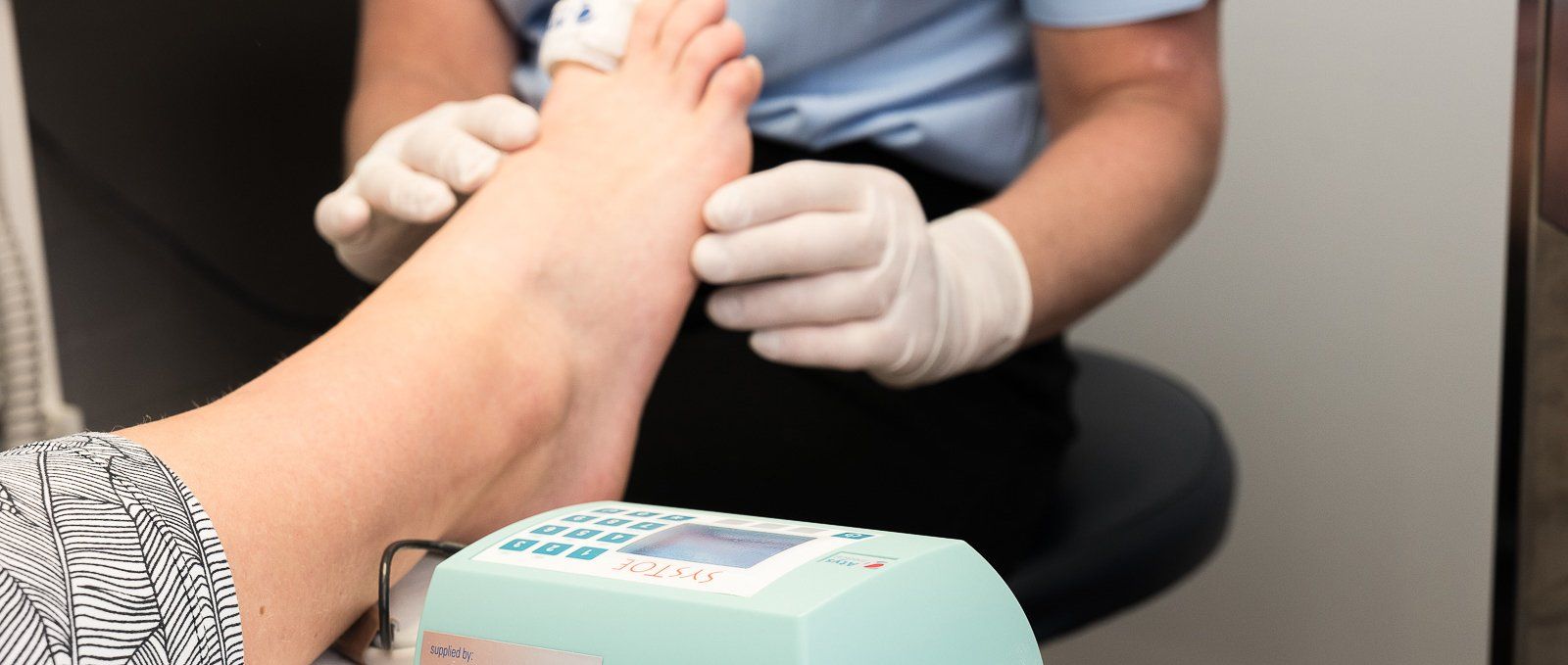BLOG
FUNGAL NAIL INFECTIONS

Onychomycosis occurs when fungi invade the toenail or fingernail and /or the skin under the nail (nail bed). Toenails are more commonly affected than fingernails, because they grow very slowly, allowing the fungi more time to develop. As a result, toenails require longer treatment time than fingernails do.
Fungal nail infections are common. Worldwide 2%-18% of the population have a fungal nail infection at any given time. They are most common in people over 60 and rare in children, affecting less than 1% of children at any given time.
How do you acquire onychomycosis?
You can get a fungal nail infection when you come into contact with the fungi, and they begin to grow on or under your nail. Fungi grow best in warm, moist areas, the shoe is an ideal environment hence the area around the toes is at risk. Fungal nail infections can be spread from one person to the next, either through direct contact with commonly used floors, shoes, or other personal items, such as nail clippers or nail files. It may spread from skin infections that are present on the sole of the feet, in between the toes or from the area in the nail folds to the nails. Shoes that are moist, tight, and do not allow air to move around your feet contribute to fungal infections.
Symptoms and Types of fungal nails
There are five main types of nail fungus, they may occur singularly or as a combination of subtypes.
Distal lateral subungual onychomycosis (DLSO) thickened skin on nail bed under the nail which is lifting and is yellow-white in colour and or yellow streaks and the nail maybe separating from the central part of the nail bed.
White superficial onychomycosis (WSO) small white speckled or powdery patches on the surface of the nail, the nail can become crumbly and does not invade the nail bed under the nail.
Proximal subungual onychomycosis (PSO) a white area(leukonychia) that moves downwards from the tip of the nail, there is often inflammation of the skin around the base of the nail.
Endonyx onychomycosis (EO) a milky white discolouration of the nail, the nail is not lifting and there is not any thickening of the skin on the nail bed.
Candidal onychomycosis usually develops in people with immuno depression or candida fungal infection of the mucous membranes, it will affect several or all nails and the skin surrounding the nail is inflamed. Sometimes the end of the toe ill become bulbous in nature.
As the condition progresses the appearance can be distressing for some people. Onychomycosis can sometimes cause discomfort when wearing shoes, walking or standing for long periods of time.
How is onychomycosis diagnosed?
A thorough history of your nail condition, your general health and by examining the nail and surrounding tissues will usually be enough to determine the presence of fungi. If the infection is stubborn and not responding to the first line of treatments then a pathology test of your nail clippings may be warranted, unfortunately, pathology is not always indicative of the presence of the fungi.
Treatment: Onychomycosis is treated with antifungal medication.
- A nail lacquer is usually the first line of treatment. The lacquer is applied to the nail, the frequency of application will be dependent on the medication advised.
- The nail may need to be removed and the anti-fungal treatment can then be applied directly to the nail bed.
- A preparation with urea and anti-fungal medication maybe applied to remove the nail and treat the fungus at the same time.
- An oral medication maybe prescribed by your GP, this can only be prescribed after a positive pathology result was identified for the presence of fungus.
1 ( www.webmd.com )
2-7 ( www.emedicine.mediscape.com )


